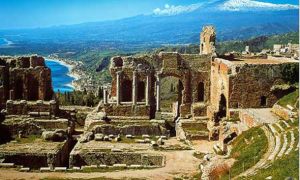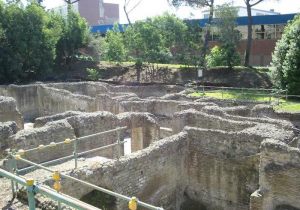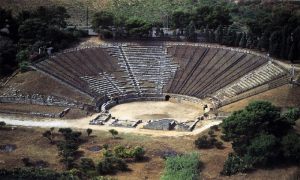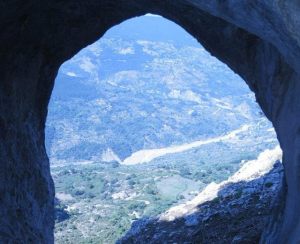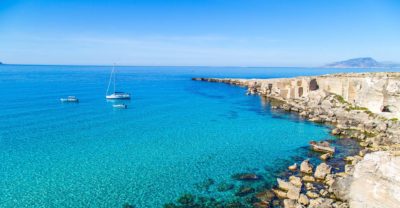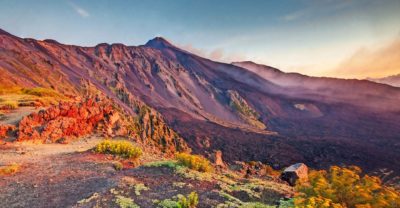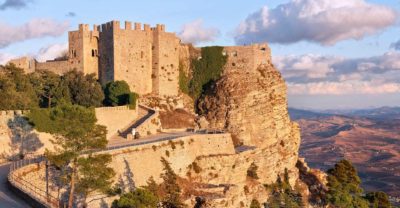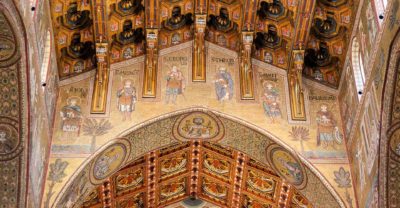Archeological sites
Messina
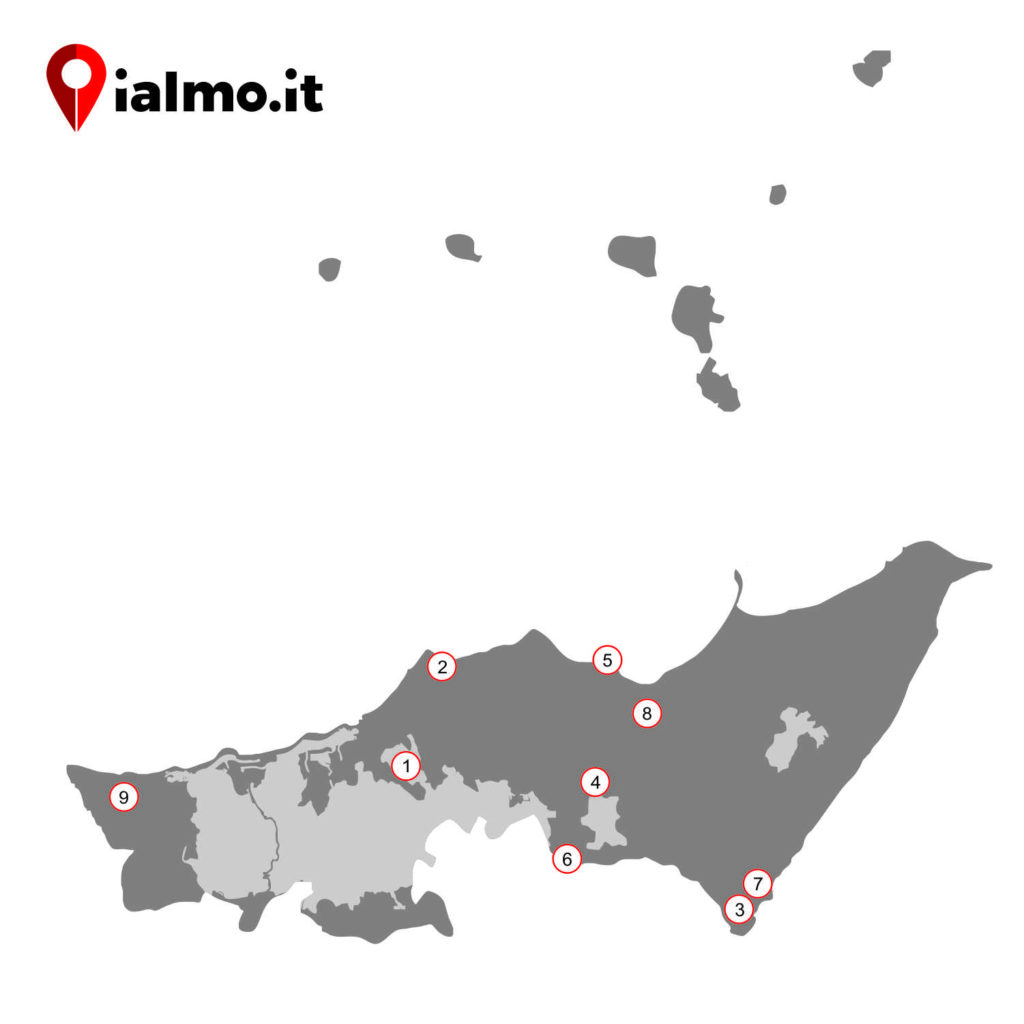
the Lauro Cave, Alcara Li Fusi: located at 1,068 meters on the western side of the rocky massif of the Rocche del Crasto, the Grotta is a pole of extraordinary attraction for tourists thanks to its countless stalactites, stalagmites and columns of the most varied forms. As well as from a geo-speleological point of view, the Grotta del Lauro is also interesting for the presence of two specimens of troglobias (invertebrates myriapoda) which constitute a typical and unique endemism of the Grotta.
Baths of Bagnoli, Capo d’Orlando: in 1987 the first excavation campaigns in the territory have brought to light the ruins of a thermal structure belonging to an ancient Roman villa of the III-IV century. A.D. The baths were probably damaged by two seismic events that struck Sicily between the fourth and fifth centuries. A.D. Consisting of eight rooms, the Baths consist of three rooms: the frigidarium, the tepidarium and the calidarium.
Naxos archaeological site, Giardini-Naxos: The archaeological site insists on the Schisò peninsula on a surface of about 37 hectares. The archaeological excavations in the area have allowed to know precisely the urban planning of the Greek archaic cities. The archaeological areas on the promontory, belonging to the ancient citadel, are in fact particularly rich in remains dating back to the fifth century BC: it is possible to identify a stretch of lava stone wall coming from nearby Etna, two covered furnaces and a temple probably dedicated to Aphrodite .
Site of the Argimusco Plateau, Montalbano Elicona: the whole area of the plateau is part of the Malabotta Wood Reserve. In this area there are numerous quartz sandstone rocks modeled in a curious and suggestive shape and such as to suggest that esoteric rituals were practiced in the area.
Archaeological area of Tindari, Patti: The municipal territory includes two very important archaeological sites: the ancient city of Tindari and the Roman villa. The villa extends for two hectares and dates back to the late Imperial period (4th century AD). Polychrome mosaics of African style of considerable dimensions have been brought to light, similar to those of Piazza Armerina and Noto. Very well preserved are also the remains of the ancient Tindari, of which an entire district is visible to the south of the upper decumano with houses, baths and a patrician villa.
Rocca Pizzicata, Roccella Valdemone: rock complex located near the fortress of the same name located in the Alcantara Valley. In the area it is evident the presence of different pre-existent archaeological rupestrian as of the tombs, houses and even an altar. Recently it has also been suspected that it may have originally been an archaeo-astronomical site.
Archaeological sites of Taormina, Taormina:
- Ancient theater of Taormina;
- Domus San Pancrazio, I century AD .;
- Naumachie, I century AD .;
- Odeon, I century AD .;
- Castle of Monte Tauro, X century AD
Remains of the city of Abaceno, Tripi: Tindari was founded by Dionysus I using much of the territory that belonged to Abacaenum. The remains of the ancient city of Tindari blend with the natural heritage in a unique setting. To visit the Greek theater and the gymnasium. To the south-west of the agora, on a rise, stood the sacred acropolis with its main buildings of worship. In a large area, on a terrace bordered by majestic walls, there were the necropolis, of which there are still some funerary monuments of artistic interest.
Remains of the ancient city of Alesa Arconidea, Tusa: Of the ancient city founded according to Diodorus Siculus in 403 a. Today there remains a thermal structure which preserves the mosaics in the area of the Case Gravina, the “Riggieri bridge”, the Migaido tower and the area of the current hospital district that could be identified with the Xenide street mentioned by the Alesian tables.
